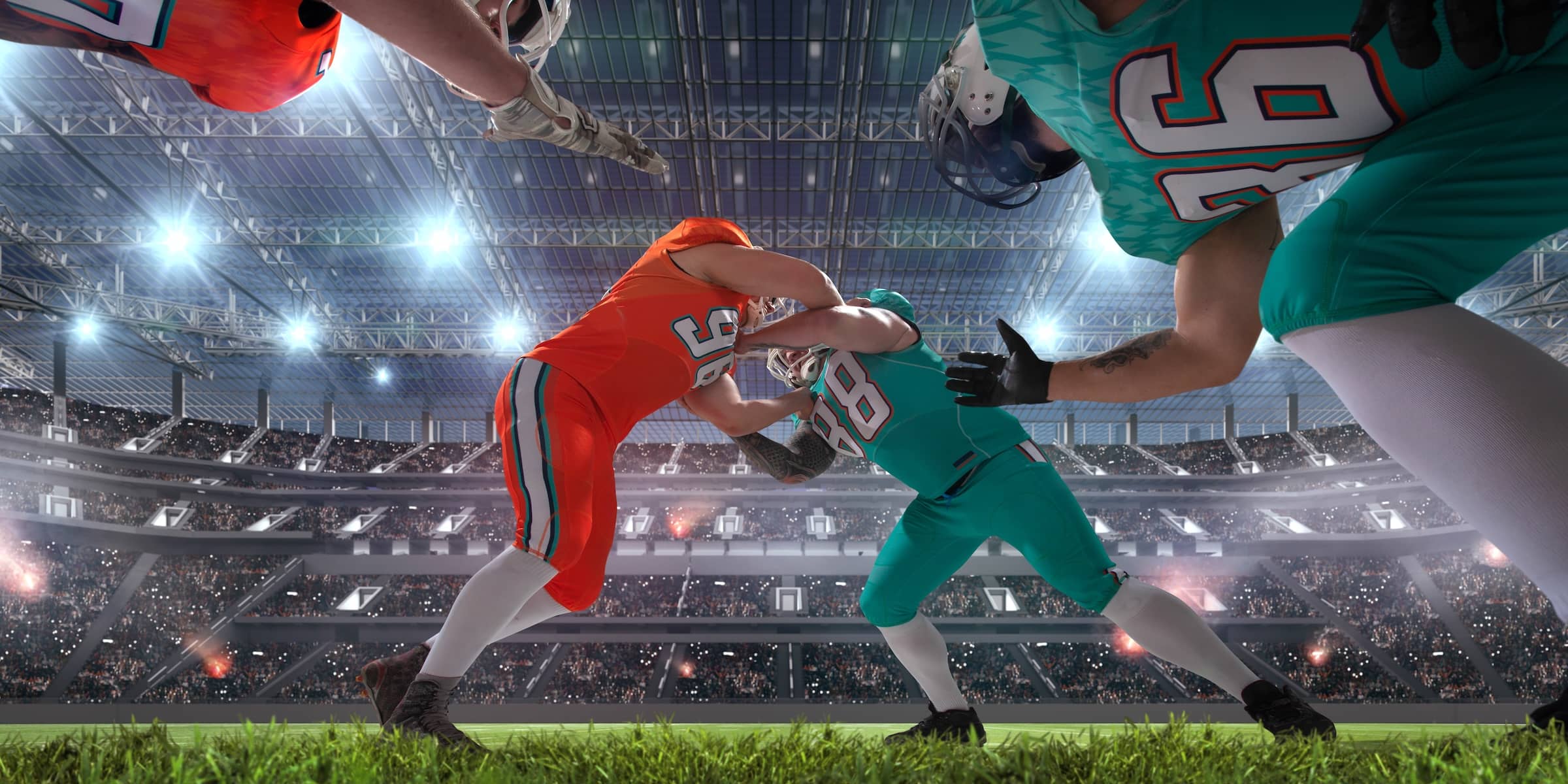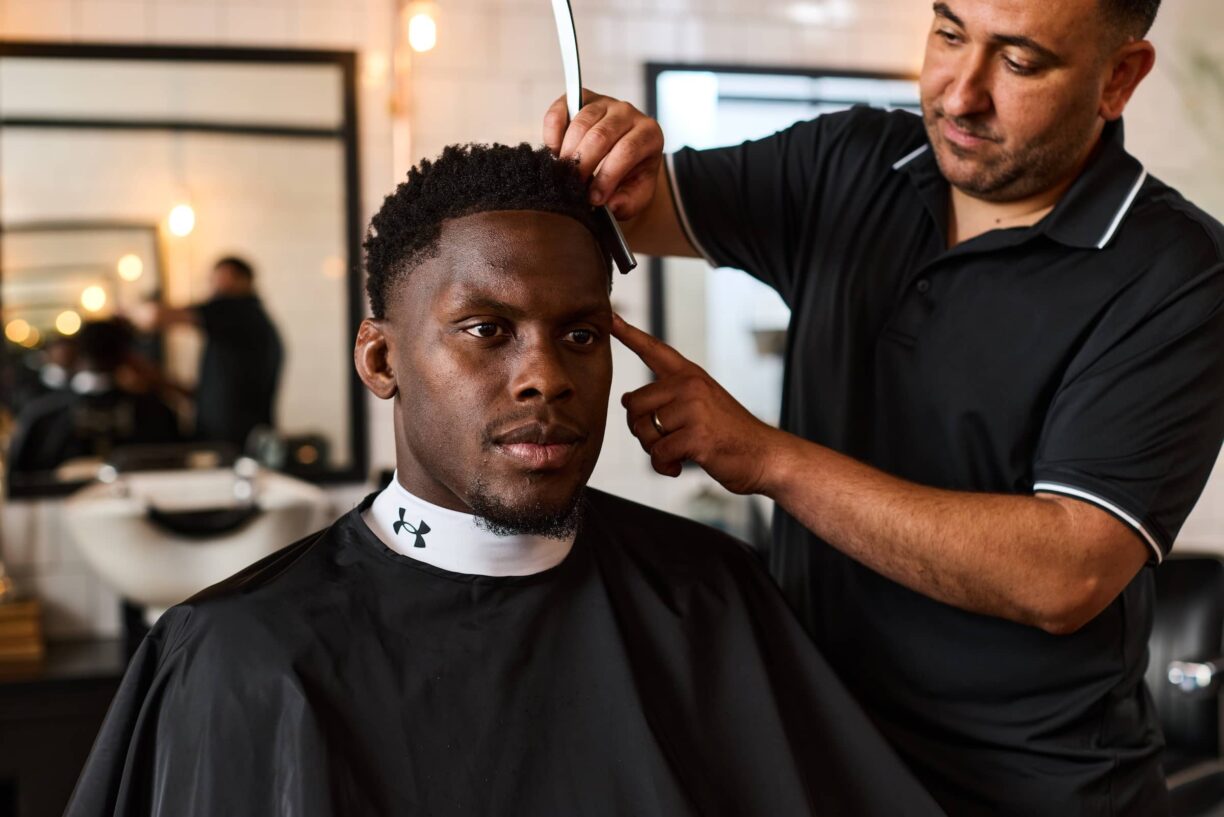It turns out the real secret weapon in fantasy football strategy might be hiding behind a protein shake and a squat rack. That’s right—fitness enthusiasts are muscling their way into fantasy leagues with the same grit and discipline they use to smash gym PRs, and frankly, they’re not just participating—they’re dominating.
Fantasy football strategy, like any well-structured training program, isn’t about luck. It’s about consistency, planning, and showing up every single week—even when your QB throws three picks and your star wideout pulls a hamstring during warmups. Sound familiar, gym rats?
From Dumbbells to Draft Boards: The Rise of Fantasy in the Fitness World
The fantasy football bug has bitten the fitness community—and hard. It’s not difficult to see why. There’s a clear overlap between chasing muscle definition and chasing touchdowns: goal setting, tracking metrics, mental discipline, and relentless competition.
“Just like training for a marathon or hitting a personal best in the gym, dominating your fantasy football draft requires strategy, discipline, and consistent effort,” says the team behind RotoWire, whose fantasy football draft kit has become as essential to some as their MyFitnessPal account.
The Fantasy Football Periodisation Plan
Anyone who’s ever followed a proper training split knows about periodisation—those carefully timed cycles of build, peak, and recover. Fantasy football strategy follows a similar arc: pre-draft research (prep), draft day (performance), and roster management (adaptation).
Smart managers treat ADPs (average draft positions) like a lifter treats their macros. Bye weeks? They’re the equivalent of planned deloads. And position scarcity? Think of it as equipment access during peak hours at the gym. The best drafters—like elite athletes—plan for every variable.
Grind Now, Win Later
Success in either realm doesn’t come from flash-in-the-pan efforts. It’s the ones who hit the gym at 6 a.m. and check the waiver wire at 10 p.m. who come out on top. Fantasy is a season-long grind, just like fitness. You can’t skip leg day—or injury updates—and expect to win.
From FPPG to VO2 Max: Obsessive Metrics Rule Both Worlds
Tracking progress is at the core of fitness success—whether it is body fat percentage, VO2 max, or squat PRs. Fantasy football shares this obsession with metrics.
Every yard, reception, and touchdown contributes to player value, and successful managers obsessively track fantasy points per game (FPPG), red zone touches, target shares, and injury history.
Just as a powerlifter might analyse form breakdowns, fantasy players dissect third-down conversion rates and snap counts. In fitness, budget is not about money—it is about time allocation, effort, and recovery.
Similarly, fantasy football auction values force managers to assign proper worth to each player. Overspending one RB may limit your depth just as overtraining legs might compromise upper-body gains.
Fitness-focused minds thrive under structure, making them ideal auction drafters who master dollar values, tier-based rankings, and balancing stars with sleepers.
The Mental Reps Count, Too
Discipline isn’t just physical. Mental toughness separates elite performers from erratic ones in both fitness and fantasy. When your top draft pick underperforms, do you panic and blow up your roster? Or do you breathe, reassess, and trust your prep? The same mindset that powers someone through a plateau in the gym powers a manager through a mid-season slump.
Tools of the Trade: From WHOOP to Draft Kits
Fitness trackers changed how we train. Fantasy tools have done the same for how we draft. A robust fantasy football draft kit is your wearable tech for the season—complete with cheat sheets, depth charts, customizable rankings, and alerts. Think of it as your spotter—it won’t lift the weight for you, but it’ll stop you from getting crushed under bad decisions.
Rest Days = Bench Players
No serious athlete skips recovery. And no serious fantasy player neglects the bench. You need depth to handle injuries, bye weeks, and unpredictable performances. Fitness fans know that building capacity—be it muscular or roster depth—is what carries you over the finish line.
Adjust and Execute
Not every workout hits right. Some days, you pivot. Fantasy is the same. Weather turns nasty? Your QB’s suddenly playing in a monsoon? Flex spots and backup strategies matter. Fitness folk thrive here—they’re used to adjusting on the fly while keeping the overall program intact.
The Power of the Pack
Fitness is rarely a solo sport anymore. There’s always a crew, whether it’s a running club or a lifting buddy. Fantasy football works the same way. Engaged leagues with banter, rivalry, and shared commitment fuel success. Think of your league chat like your gym WhatsApp group: supportive, sarcastic, and the key to consistency.
Draft Day is Game Day
Come draft day, the fit-minded are already ahead. Why? Because they’ve trained for it. They’ve run mock drafts, built rankings, and prepared scenarios. They know their calorie split and their positional tiers. Fantasy football strategy is just an extension of the structure they already live by.
Peak Performance: Earned, Never Given
Bringing the worlds of fitness and fantasy together isn’t some clever analogy—it’s a winning model. If you’ve got the patience to meal prep and the drive to PR your deadlift, you’ve got everything you need to win your league.
“Fantasy football shares this obsession with metrics,” the RotoWire team explains. “And successful managers obsessively track fantasy points per game (FPPG), red zone touches, target shares, and injury history.”
So, whether you’re chasing hypertrophy or a fantasy playoff berth, remember: the grind is the same. And in both arenas, championships aren’t given—they’re earned.
Fantasy football strategy? Turns out it’s just one more way to flex.





